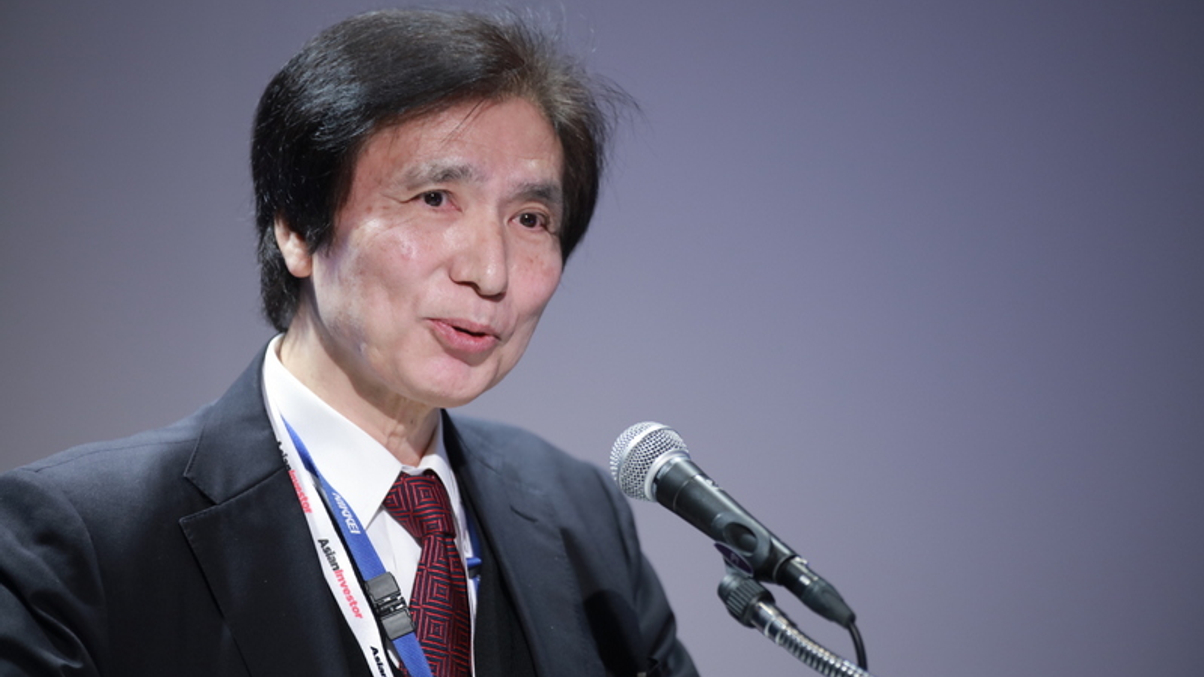Japan pensions dismiss fears over negative rates
Corporate pensions in Japan are sanguine about the potential impact of negative interest rates on their portfolios, despite the industry's significant exposure to domestic government bonds.

Japanese corporate pension funds are in decent shape to cope with an environment of negative interest rates amid misperceptions about the industry, heard an AsianInvestor forum.
Sign in to read on!
Registered users get 2 free articles in 30 days.
Subscribers have full unlimited access to AsianInvestor
Not signed up? New users get 2 free articles per month, plus a 7-day unlimited free trial.
¬ Haymarket Media Limited. All rights reserved.


